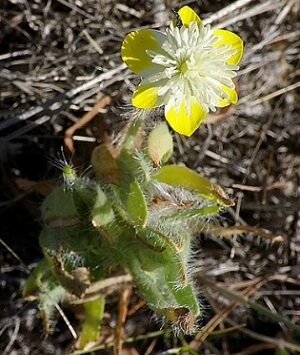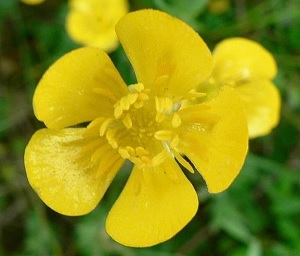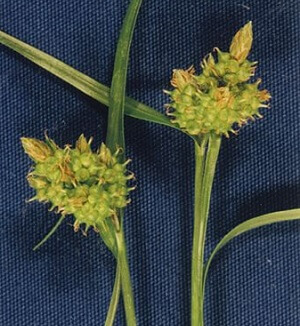 Poets of Nature, Revelry, and Rhyme
Nature, Revelry, and Rhyme
Poets of Nature, Revelry, and Rhyme
Nature, Revelry, and Rhyme

 Poets of Nature, Revelry, and Rhyme
Nature, Revelry, and Rhyme
Poets of Nature, Revelry, and Rhyme
Nature, Revelry, and Rhyme

Study the poem for one week.
Over the week:

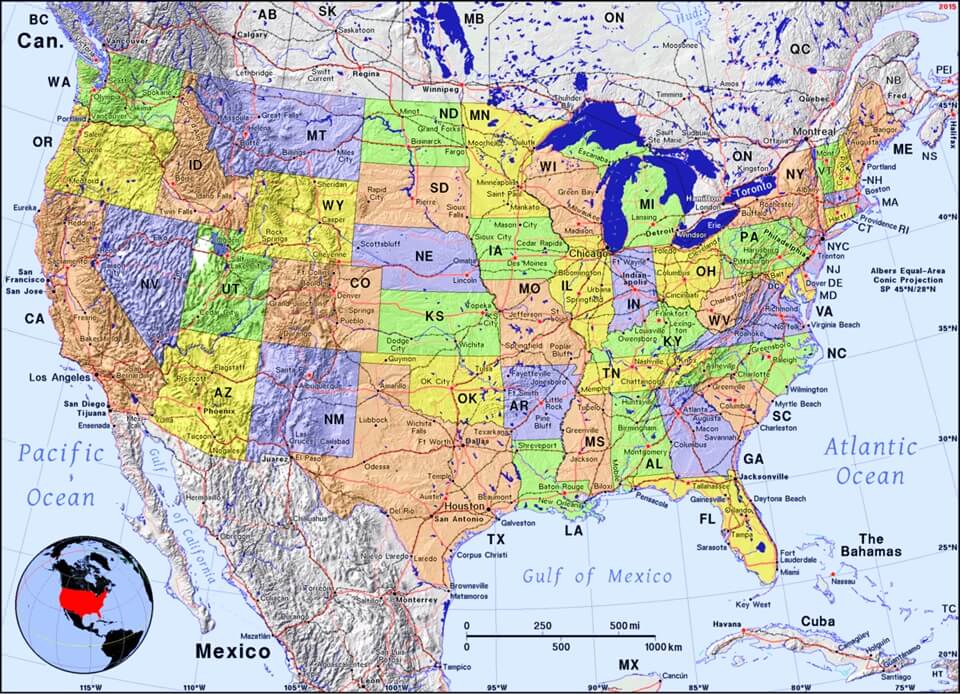
Activity 1: Recite the Title, the Poet's Name, and the Poem
Activity 2: Study the Poem Picture
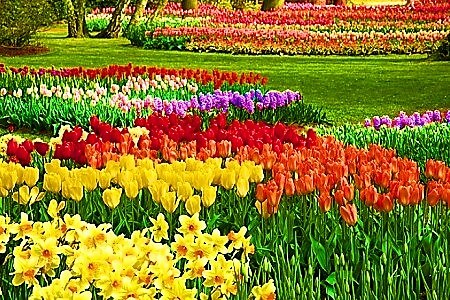
Activity 3: Narrate the Poem
Activity 5: Sketch Flowers Mentioned in the Poem
One day this week, study the flowers below and sketch or color them. Label each flower with its name.
